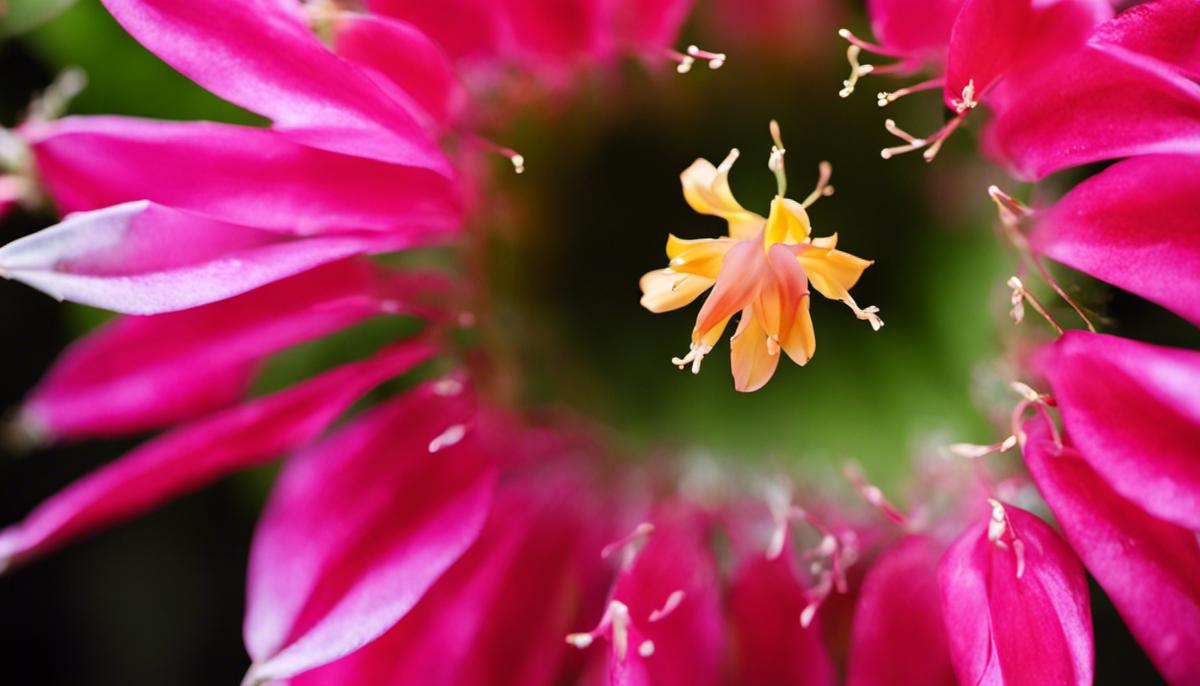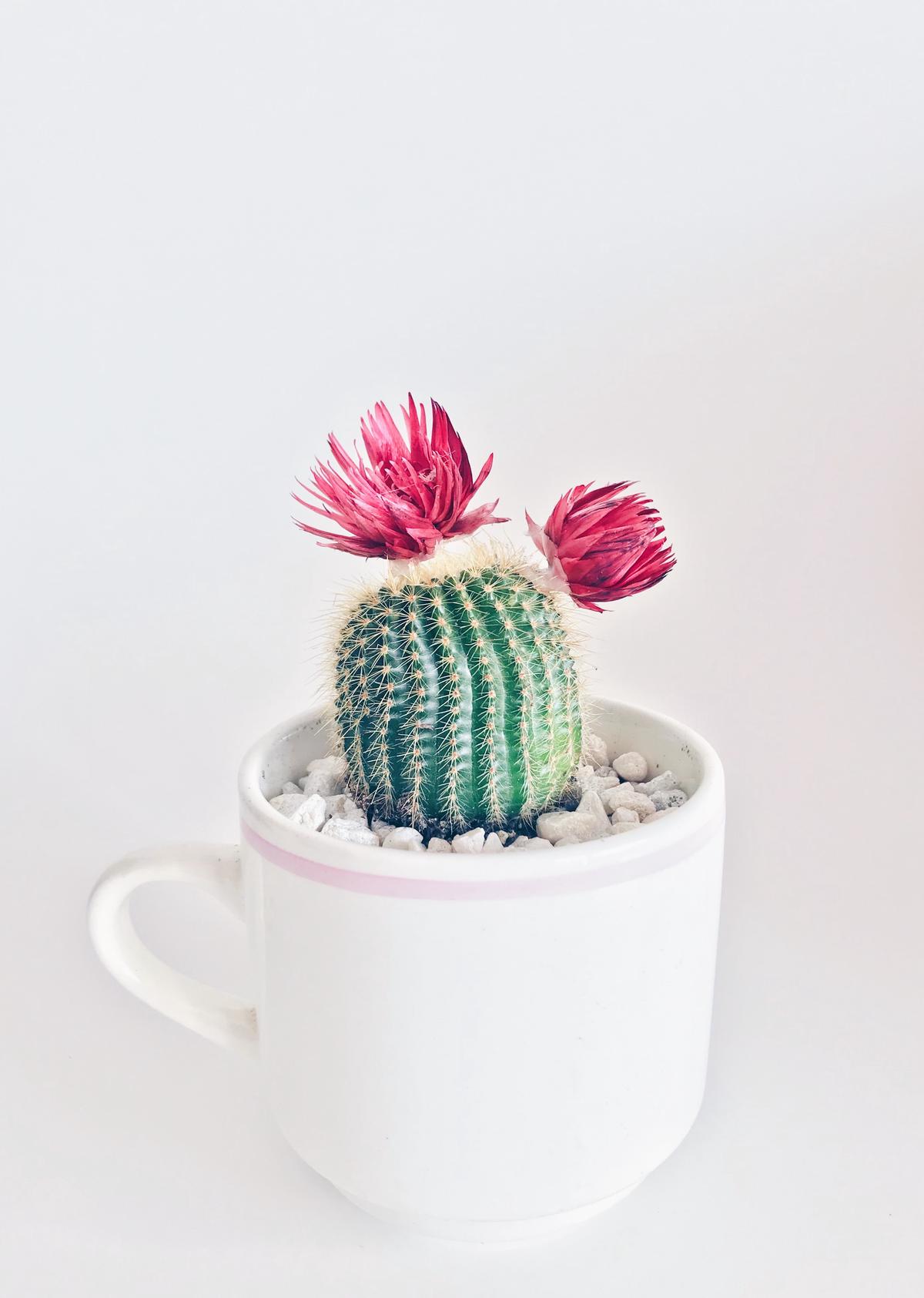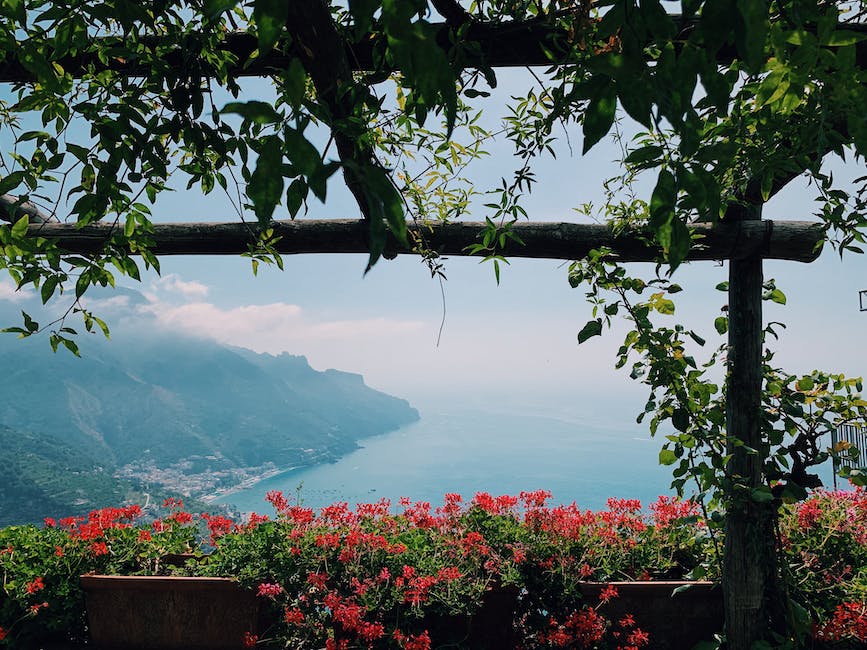Guide to Make a Christmas Cactus Bloom

Beloved for their vibrant displays and charmingly unique form, the Christmas cactus offers the indoor gardening enthusiast a spectacular showstopper right when the winter blues are settling in. The key to persuading this tropical cactus to produce its distinctive colorful blossoms lies in understanding its unique care requirements and environmental preferences. With the correct balance of light, temperature, and watering, your Christmas cactus will reward you with a dazzling display of festive blooms. But, success with a Christmas cactus extends beyond these basic elements. An often overlooked yet crucial aspect is managing the cactus’s dormancy period, which sets the stage for the upcoming explosion of color.
Understanding Christmas Cactus Care
Nurturing Your Christmas Cactus: Unlocking the Secrets to Optimal Conditions
The Christmas cactus, a charming plant known to bloom bright festive flowers right on cue for the holiday season, is without a doubt an absolute delight. A natural wonder from the Brazilian rainforests, this plant holds a unique mix of beauty and adaptability, making it a favored hobby for many plant enthusiasts. This discussion aims to unlock the optimal growing conditions for a Christmas cactus to ensure it thrives splendidly throughout the year.
First things first, let’s dive into understanding the best lighting conditions for this festive cactus. Contrary to many assumptions, these plants belong to the cacti family but don’t particularly relish constant direct sunlight. Their natural habitat is the rainforest, under the shade of towering trees. Hence, moderate to low lighting conditions are most suitable for their growth. Place the plant in a well-lit room yet avoid direct sun exposure, especially during scorching summer afternoons.
Next up is the temperature. Christmas cacti prefer cooler temperatures during fall, around 50-55°F, in preparation for their winter bloom. However, during their growing season from April to September, they would require slightly warmer temperatures, around 70-80°F. It’s always a great idea to mimic the plant’s natural seasonal changes as closely as possible to promote flowering.
Now, navigating to watering. Although these plants belong to the cacti family, they’re not as tolerant to drought as their desert cousins. Maintaining regular water intervals is critical while ensuring each cycle thoroughly soaks the soil. It’s vital to remember not to leave the plant standing in water to evade conditions for root rot. The soil must be just moist- not overly drenched.
The type of soil and its moisture content significantly contributes to the well-being of a Christmas cactus. The ideal soil should mimic the nutrients found in the plant’s natural habitat- a combination of chunky and well-drained potting soil mix works wonders! Adapt to the ‘soak and dry’ method of watering to maintain soil moisture at an optimal level. During the growing season, ensure the soil is regularly moist. However, during dormant winter and fall months, reduce watering.
Lastly, adequate humidity plays a crucial role in a healthy and blooming Christmas cactus. These plants love good humidity levels. Regular misting of leaves, especially during dry seasons or if centrally heated environments can tremendously help.
Remember, every Christmas cactus is unique. The journey to understanding the specific needs may require some hit and trial. However, these optimal conditions lay a strong foundation for the plant to thrive. So, let’s roll up those sleeves, follow these instructions and welcome the opportunity to enjoy the beauty of a Christmas cactus bloom for many holiday seasons to come!

Managing the Dormancy Period
A Sleep Before the Show: Understanding the Role of Dormancy in Christmas Cactus Blooming
When it comes to watching your beloved Christmas cactus burst into a dazzling display of brilliant blooms, understanding its dormancy period is key. It adds a new dimension to the horticultural mastery of this fascinating plant species, taking its care beyond traditional methods into a world of subtle cues and biological processes.
It’s no secret that Christmas cacti follow a distinct pattern of growth and rest periods, shaped by evolutionary adaptations to their native cloud forests of Brazil. Accustomed to a period of rest before putting on their spectacular floral show, this dormancy phase is essentially the curtain call before the main event.
Firstly, let’s address the question of what exactly is a dormancy period. Just as many mammals hunker down for a long winter’s sleep, plants too, including the Christmas cactus, have a time when they slow their growth and conserve energy. Key to this process is providing a period of darkness, thereby mimicking natural environmental conditions and signaling to the cactus that it’s time to ready itself for blossoms.
The dormancy period for a Christmas cactus typically starts in the fall. The days become noticeably shorter and temperatures begin to drop. These environmental cues signify to the cactus that it’s time to start slowing down its growth and focusing on conserving energy for the massive task of blooming.
During this period, it’s crucial to slightly reduce watering and ensure that your Christmas cactus is exposed to longer periods of darkness. Ideal conditions suggest a period of six to eight weeks with 12-14 hours of darkness each day and temperatures between 50-55 degrees Fahrenheit. Remember however, this isn’t a hard and fast rule, individual cacti, much like their human counterparts, vary in their exact needs.
What all this careful orchestration is leading up to is the momentous grand finale: blooming. After all, there’s nothing quite like the satisfaction of seeing those enchanting flowers emerge. Typically, the flowering period follows the dormancy period, occurring between late November and January.
If all went according to plan, with the dormancy period carefully observed, your Christmas cactus will award you with an eruption of vibrant, bell-shaped blossoms that make the meticulous care all worth it. The subtle change of seasons mirrored in your plant’s lifecycle can be a point of celebration, marking the annual closing of one colorful growing season and the promising start of another.
To answer the question, does the dormancy period play a role in a Christmas cactus blooming? The answer is a resounding yes! This seasonal rest period is a critical piece of the puzzle. By understanding and respecting it, you’re donning the hat of a true plant whisperer, shaping the destiny of your cactus and basking in the glory of its blossom-laden reawakening. All with a dash of patience, a sprinkle of knowledge, and a heavy dose of horticultural love.

Photo by stephanieharvey on Unsplash
Fertilizing and Repotting
The Power of Fertilizing and Repotting in Provoking a Christmas Cactus to Bloom
Just as exciting holiday preparations culminate in the magic of Christmas morning, the carefully calibrated care of a Christmas cactus culminates in a spectacular bloom. Two key practices play a part in achieving this colorful climax: fertilizing and repotting. Both will be explored in detail in this article, providing cactus enthusiasts with the insights to encourage a full and fabulous festive bloom.
To understand the effect fertilizing has on a Christmas cactus bloom, let’s think about our own bodies. When we eat balanced, nutritious meals, we’re able to function at our best. The same goes for a Christmas cactus. Providing not only water but also essential nutrients and minerals promotes more abundant flowering.
Fertilizing should be executed from late winter through late summer, ending before the Christmas cactus enters into its dormancy period. A high-potassium fertilizer, diluted to quarter strength, can be used with each watering, accounting for about every two to four weeks. The increased levels of potassium work to encourage bud development, laying the groundwork for the blooms to come. But remember, restraint is key. Over-fertilizing can cause a build-up of salts in the soil, which can damage your plant’s root system.
As crucial as fertilizing is to blooming, let’s not underestimate the value of repotting. Like a hermit crab in need of a larger shell, your Christmas cactus can outgrow its pot. When its roots start to fill up the container, it’s time for a new home! Repotting every 2-3 years is recommended to keep your Christmas cactus in top health.
Repotting is more than just a larger pot; it’s an opportunity to provide fresh, nutrient-rich soil and improve drainage, which is key to preventing root rot. While repotting, inspecting the root system allows any unhealthy roots to be pruned before they become problematic. Lastly, remember to repot after the blooming has finished, and avoid repositioning or turning your potted cactus for about a week. This stabilizes the plant and helps prevent bud drop.
Fertilizing and repotting are not a magic wand that can be waved for a guaranteed Christmas bloom, but they are proven practices that can amend the odds in favor of that beautiful burst of holiday color every cactus cultivator covets. Much like baking the perfect Christmas cookie, the fine-tuning and adjustments to the recipe might take a bit of trial and error, but once you find the right mix, the results will be glorious and worth the effort. So, gird up your gardening gloves and nourish those Christmas cacti for their moment in the spotlight!

Moreover, the growth and blooming of a Christmas cactus are significantly influenced by how you approach tasks such as fertilizing and repotting. These processes can indeed seem daunting, especially for beginners. However, armed with the knowledge of what soil mixture to use, the appropriate fertilizer, and the timing for each task, you can create an environment that allows your Christmas cactus to thrive. Regardless of whether you are a novice gardener looking to add a touch of holiday cheer to your home, or an experienced indoor plant enthusiast aiming to understand your Christmas cactus better, a successful bloom is achievable. Clearly, mastery of Christmas cactus care goes far beyond keeping the plant alive; it is a fascinating journey that culminates in the reward of prolific, vivacious blossoms that truly embody the spirit of the season.



